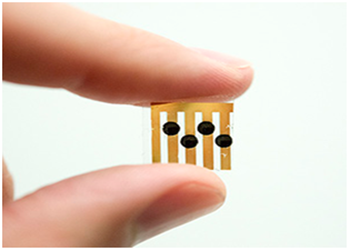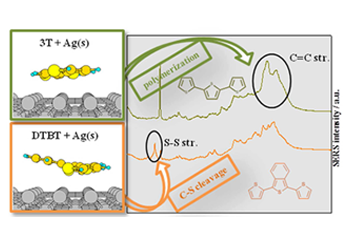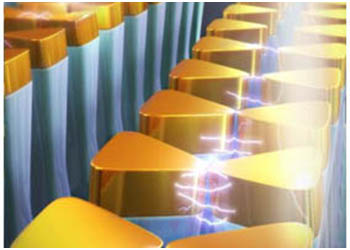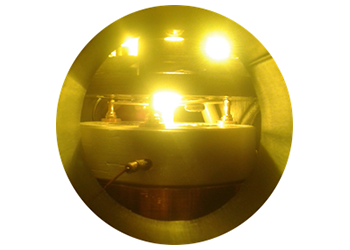The field of environmental and food safety has recently moved towards the use of nanostructured devices, mainly due to new technologies capable of rapid determination of chemical and biological pollutants.
Among these devices, the nanomechanical sensors (NMS) are growing in importance: due to their sensitivity and versatility they can be used to identify very small reagent concentrations in liquid or in air. For instance, the presence of molecules on one side of a NMS produces a static deflection of the system, whose amplitude depends on the concentration and kind of molecule attached. This allows the detection of ppb of target molecules in air environment.
By miniaturizing and parallelizing these devices, new technological devise can be conceived, such as inexpensive and easily transportable sensors for applications in the detection of chemical pollutants in systems of interest for agribusiness safety, i.e. food and clean waters.
Staff: Marco Girasole, Giovanni Longo, Simone Dinarelli





 English (UK)
English (UK)  Italiano (Italia)
Italiano (Italia)